Much like Mad God, Guillermo del Toro’s Pinocchio is a project that one man agonized over for a long time- since 2008. While Tippet took a lot longer to make his insane masterpiece a reality, del Toro’s efforts resulted in a film that is more family-friendly but still manages to have some edge to it for a whimsical fairy tale about a living puppet.
Pinocchio is a very ambitious movie and it is no wonder why the filmmakers took a long time to make it. At almost two hours long, it stands as the longest feature-length stop-motion animation ever produced and possibly one of the most complex to shoot.
Most people are familiar with how the story of Pinocchio goes, but del Toro uses the framework of the Italian 1880s serials to tell his version. His vision is dense with symbolism, spiritualism, and political allegory, and seems like it might be his most personal story yet. Was the wait worth it? Find out in Niche Gamer’s Pinocchio review!
Pinocchio (2022)
Production Netflix Animation, The Jim Henson Company, Double Dare You!, Shadow Machine, Taller del Chucho
Publisher: Netflix
Director: Guillermo del Toro, Mark Gustafson
Release Date: December 9, 2022

Pinocchio‘s plot uses the general structure that most people have come to know from the various adaptations. Some key differences are that Geppetto gets an extensive backstory where it is shown he had a son named Carlo, and the time frame was bumped from the 1880s to the 1910s and the 1940s, during both World Wars.
The time frame change is ultimately very important in this iteration of Pinocchio since both World Wars are critical to the plot several times in the story. Some changes are genius and refreshing; like the “Pleasure Island” sequence that most adaptations depict is changed into a fascist Bootcamp for the Italian Royal Army.
Some characters are also combined, like Count Volpe, who is an amalgam of the Fox, Mangiafuoco, and the Ringmaster. The blue fairy is completely reimagined as seemingly two entities; one being some kind of angel of death that resembles a chimera and the other an ethereal wood sprite.
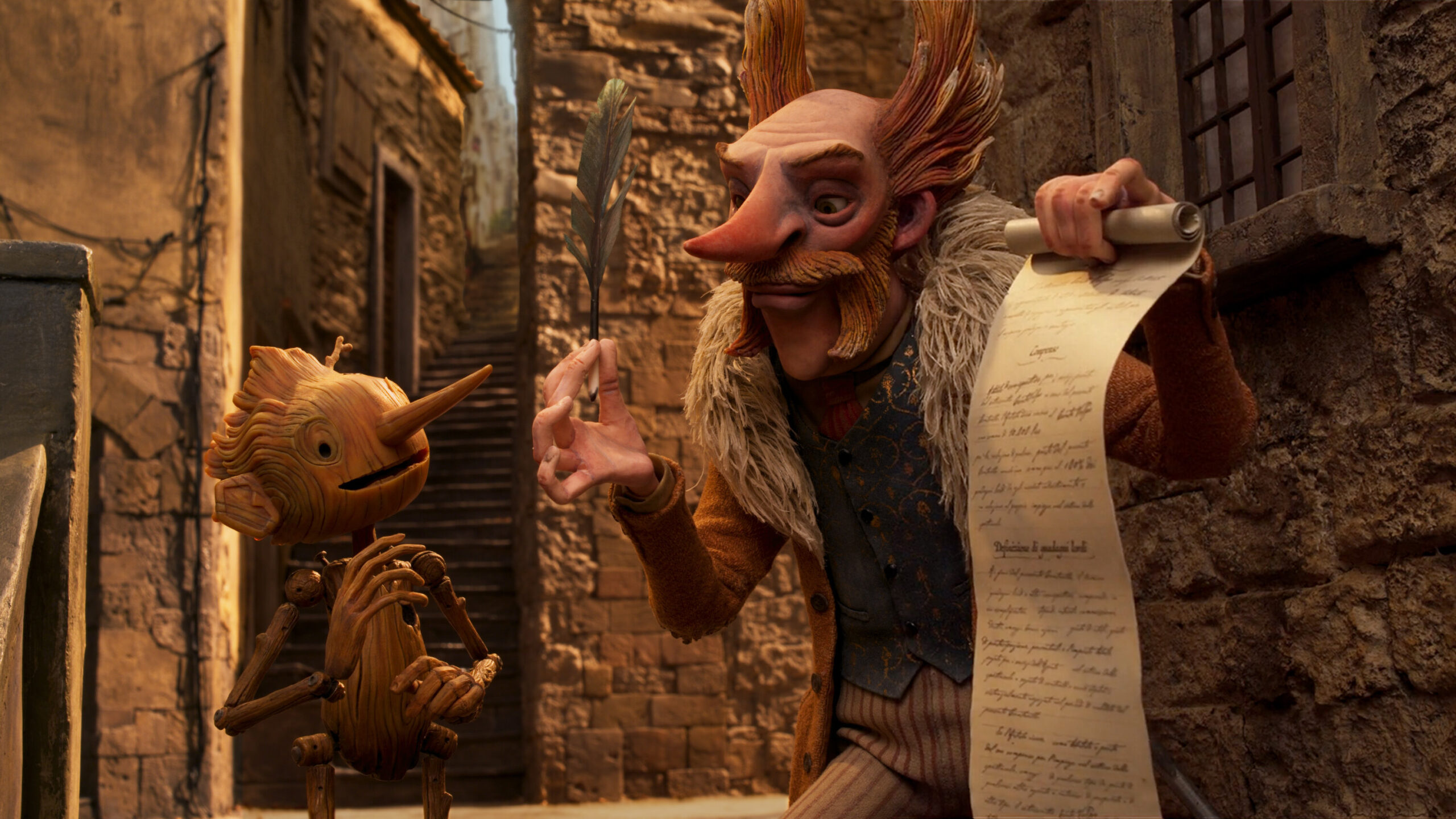
The greatest stroke of brilliance in Pinocchio is how the screenplay redefines what it means to be a “real boy”. The rules are established very early on are that Pinocchio will never be flesh and blood and to be “real” is a lot more complex.
It is the heart of the film and it explores life and death in a very profound way that no mainstream animated film would ever dare touch. Par for the course with all del Toro joints, the religious symbolism is very in-your-face, to the point it may be self-parody.
For a big-budget animated mainstream movie that is aimed primarily toward children, Pinocchio manages to have some guts. Death is usually a concept that most kids’ movies dance around, but Pinocchio embraces it and isn’t afraid to tell young viewers: “you and you’re loved ones will die and the world will move on.”
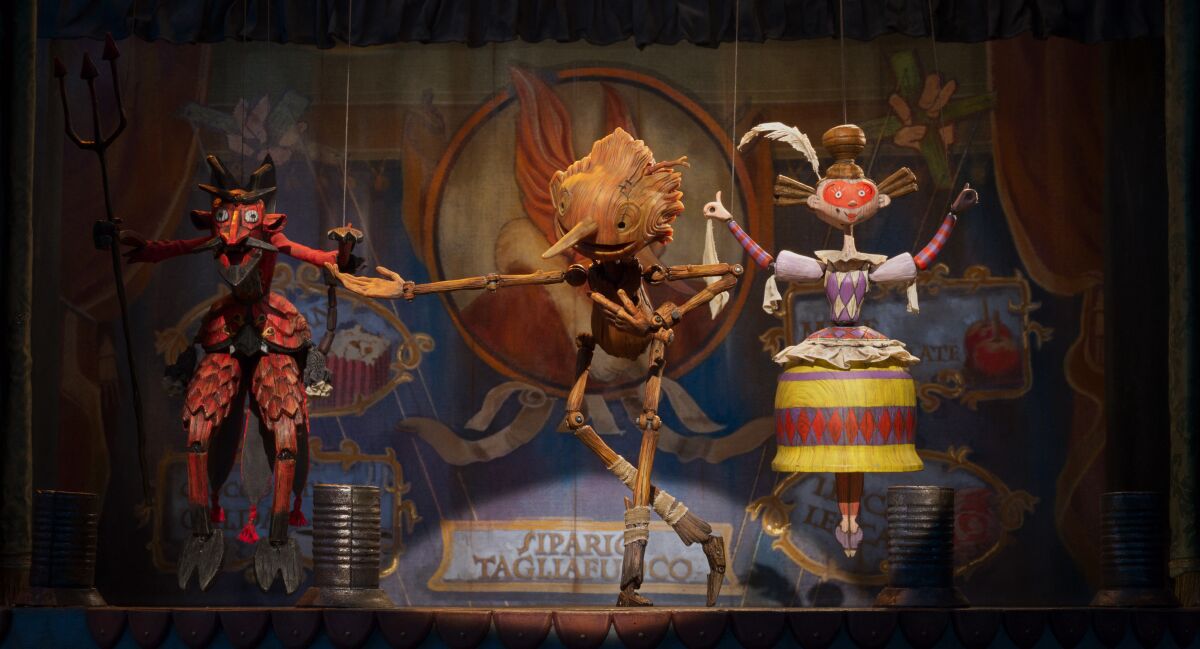
Despite its grandiose aspirations and willingness to explore some heavy themes and depict some nightmarish imagery – Pinocchio is still a film for children.
Don’t listen to what most animation fans sermonize about how not all animated films are meant for kids, because Pinocchio does not make a case for that argument. Only Mad God does.
There are also some very flat attempts at childish humor. The best moments in Pinocchio are when things get serious and Geppetto stresses out over how much of a hassle his wooden son can be.
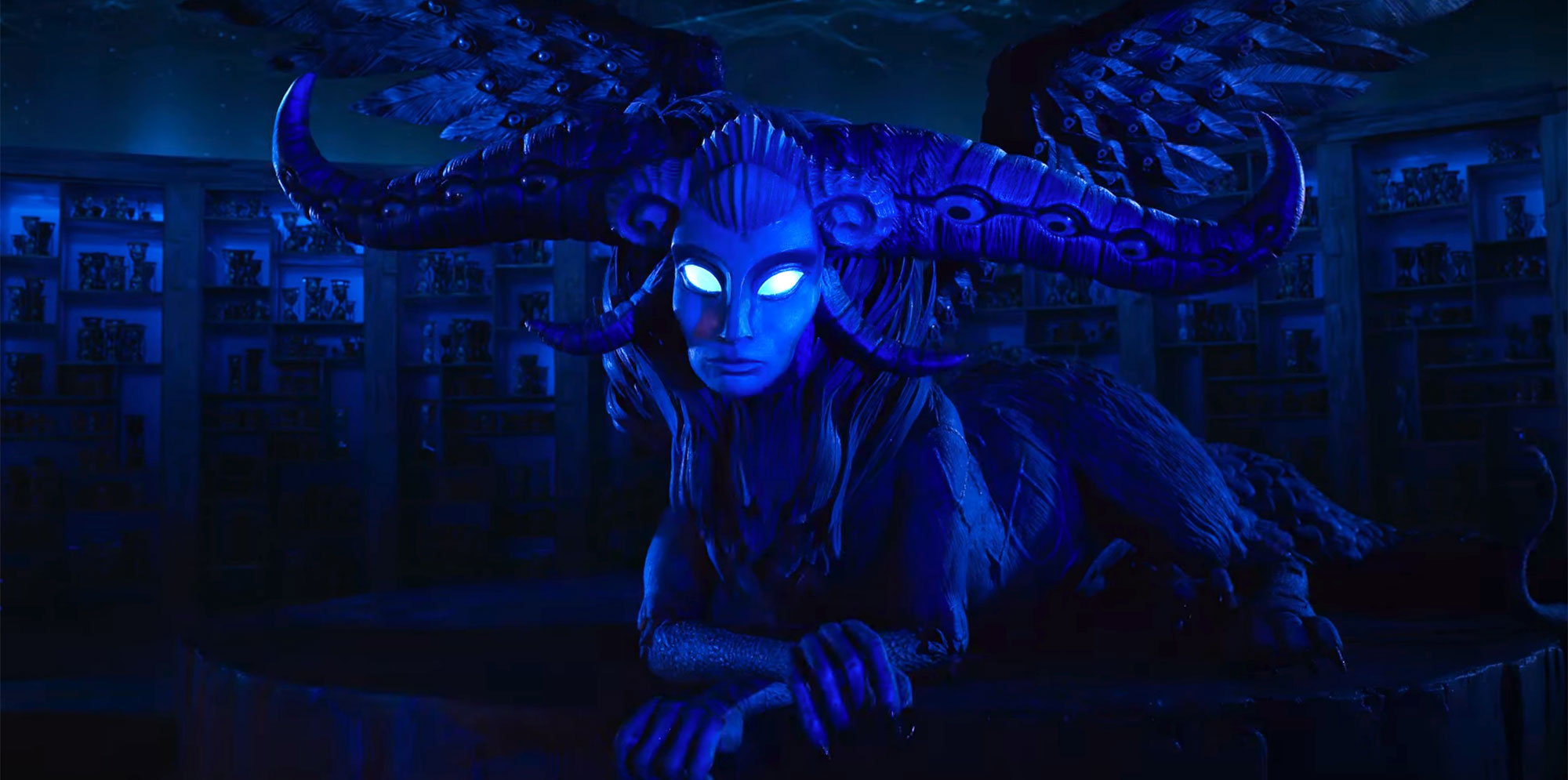
Guillermo del Toro’s Pinocchio has embarrassing musical sequences with songs that contribute nothing. This is how you know you are watching a movie that is made for babies.
The only exception is when Pinocchio ad-libs a song about how Mussolini is a piece of shit, in front of Benito Mussolini. This part was genuinely endearing and fit the context of the scene and fit Pinocchio’s cheeky character.
The amount of work put into realizing the miniature sets, models, and armatures are staggering. Everything is bursting with personality and has a rich texture that beautifully catches the light. The use of color is also striking and is used to an emotional effect.
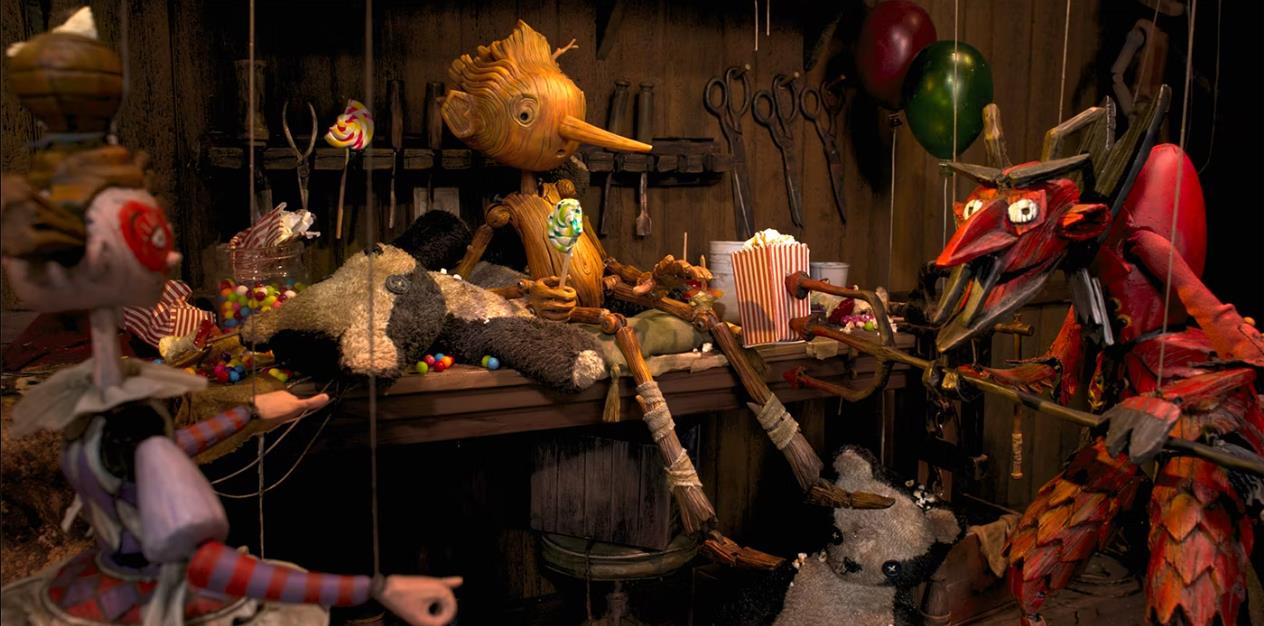
The art direction is impeccable all the way through. Pinocchio’s design is especially unique and unlike anything before it. He looks rough, uneven, battered, and unfinished- largely because Geppetto makes him while in an emotional and drunken stupor. It also plays into the overall themes of the story where it is our imperfections that make us who we are.
Pinocchio is one of the best-shot stop-motion films. The cinematography is utterly ambitious and demands various forced perspective trickery with ingenious editing wizardry.
There are seamless composite shots that are very convincing and when all these techniques are working together, it makes the world feel real and less like artificial miniature models.

The actors are mostly Hollywood and British talent, with David Bradley as Geppetto being the stand-out performance. He gets the best material to work with, is a whirlwind of emotions, and is a complicated man. Other actors do their roles well but seem like they were wasted as characters that could have been played by anybody.
The story does begin to falter in the third act where characters make really stupid decisions and some characters vanish entirely after significant build-up. Candlewick, a boy who becomes friends with Pinocchio, gets a substantial character arc with his short screen time and during an explosive scene is seemingly written out of the story with no reaction from the protagonist.
This confusion is then followed up by a very cliched villainous scene where the antagonist makes choices that defy all logic. It involves a very fastidious character jeopardizing almost everything he has worked towards, including his own life. It is a shame that the scenes at the Bootcamp have some of the dumbest parts because the concept the film presents is brilliant.
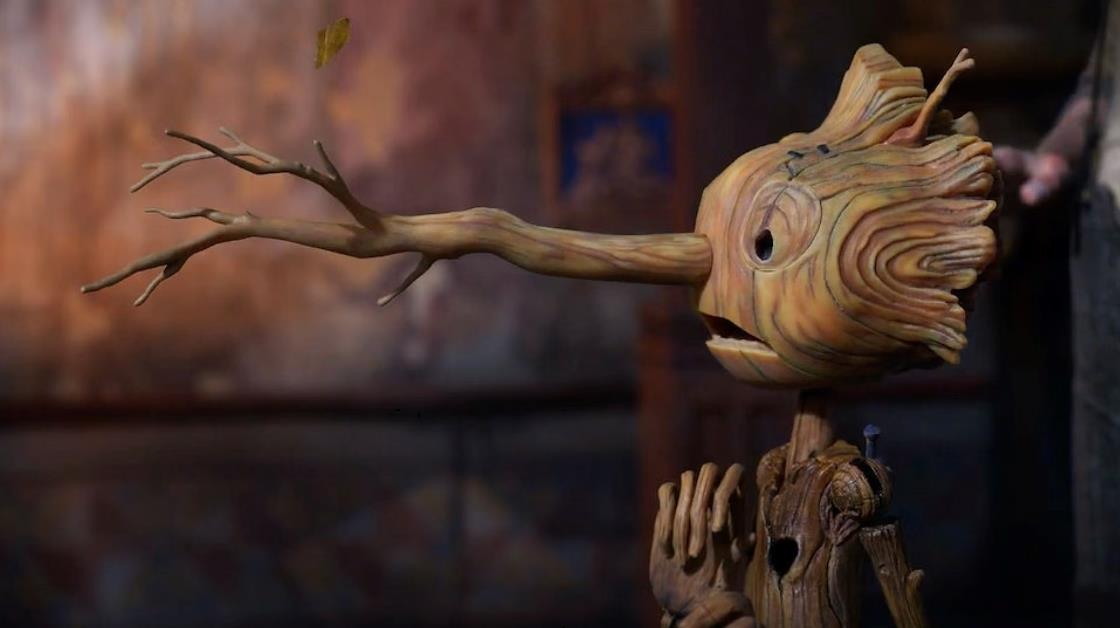
Not everything in Pinocchio is perfect. There are some really groan-worthy attempts at comedy. Guillermo del Toro’s expertise is drama with fantasy and horror elements – he isn’t a comedian.
When Pinocchio sticks to landing and del Toro does what he does best- it hits its target with staggering grace.
Guillermo del Toro, his co-director, and all the artists/animators may not have made the definitive adaptation of Carlo Collodi’s stories, but they did make the most impressive and enjoyable adaptation yet.
It has the right amount of darkness to leave a lasting impression on the kiddies and is a genuinely soulful work of art with a positive message that is pro-fathers.
Pinocchio was reviewed on Netflix. You can find additional information about Niche Gamer’s review/ethics policy here. Pinocchio is streaming on Netflix.
